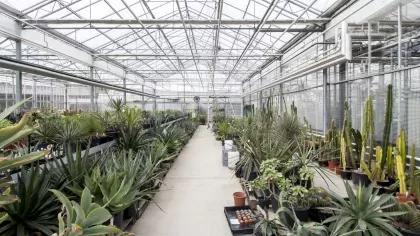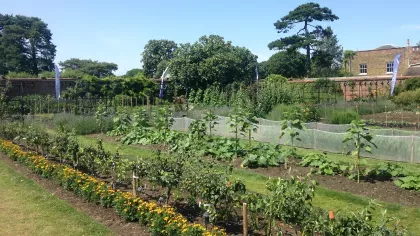12 May 2021
The cabbage conundrum
Behind-the-scenes at our Tropical Nursery, it appears like we have cabbages coming out our ears. But what actually is a cabbage?

The cabbage, various varieties of Brassica oleracea, has been cultivated for millennia.
Cabbages can be found in multiple guises; red, green, savoy, and more.
We eat its flower heads in broccoli and cauliflower and even its buds in the Brussels sprout.
So, when did we start calling these plants cabbages?
Well, it all started in texts of late middle English, the written language which emerged around 1430.
The word cabbage itself is thought to have derived from an Old French word 'caboche' meaning ‘head’.
It would have been clearer to everyone if we just stopped there and accepted a cabbage to be a cabbage.
But as we take a look at plants in our Tropical Nursery, we begin to realise there are funny looking cabbages everywhere.
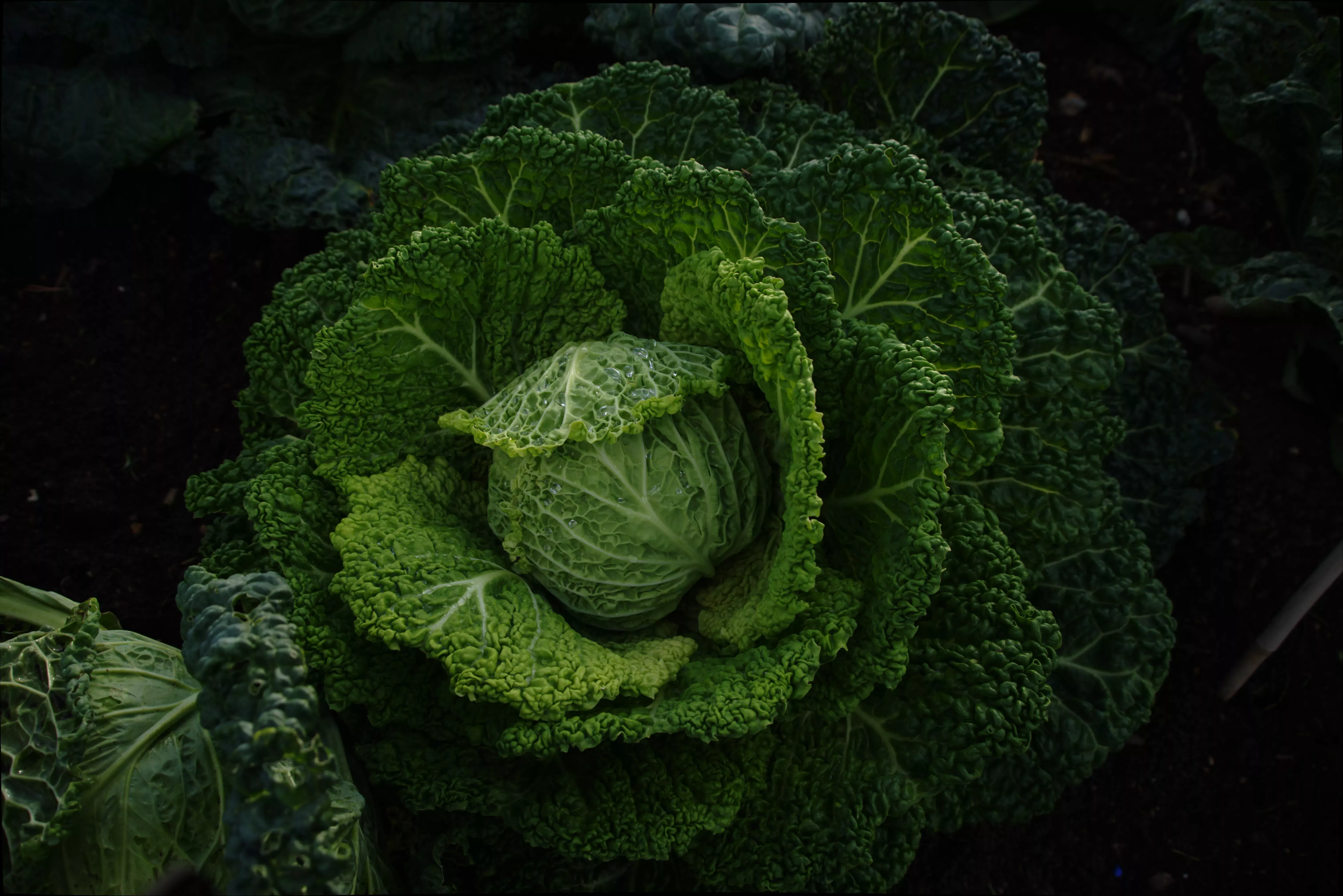
Cabbage or con artist?
Take for example the tree cabbage (Dendroseris litoralis), a shameful con artist of a cabbage some might say; it is not even in the Brassica family.
The cabbage tree lives exiled on the remote Robinson Crusoe Island, the second largest of the remote Juan Fernandez Islands.
It actually belongs to the Asteraceae family (the same family as sunflowers) and can be forgiven for its common name as at least the leaves look superficially cabbagy and are edible.
In fact, they once sustained Alexander Selkirk, the castaway who inspired the book Robinson Crusoe.
Sadly, when goats were introduced to the islands, the cabbage tree was almost eaten to extinction. Now you can see it growing in our Temperate House.
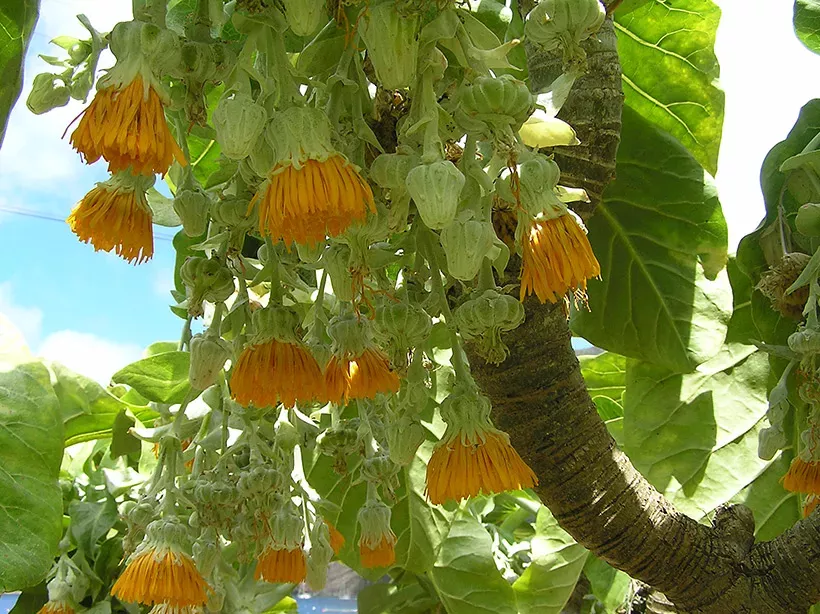
He, She and other island cabbages
We have a few other island cabbages hiding in our collections.
From Saint Helena we have three:
- The black tree cabbage (Melanodendron integrifolium), an important refuge plant for the island’s endemic and very cute spiky yellow woodlouse
- A he cabbage (Pladaroxylon leucadendron)
- A she cabbage (Lachanodes arborea).
There is also a cabbage from the Hawaiian Islands which is known to some, very matter-of-factly, as cabbage-on-a-stick (Brighamia insignis).
It doesn’t stop there either: there’s the Norfolk Island cabbage tree (Cordyline obtecta), a cabbage tree palm (Livistona australis) and the mountain cabbage tree (Cussonia paniculata).
These cabbages, all in separate plant families and from different parts of the world, further thicken a confusing cabbage soup of common names.

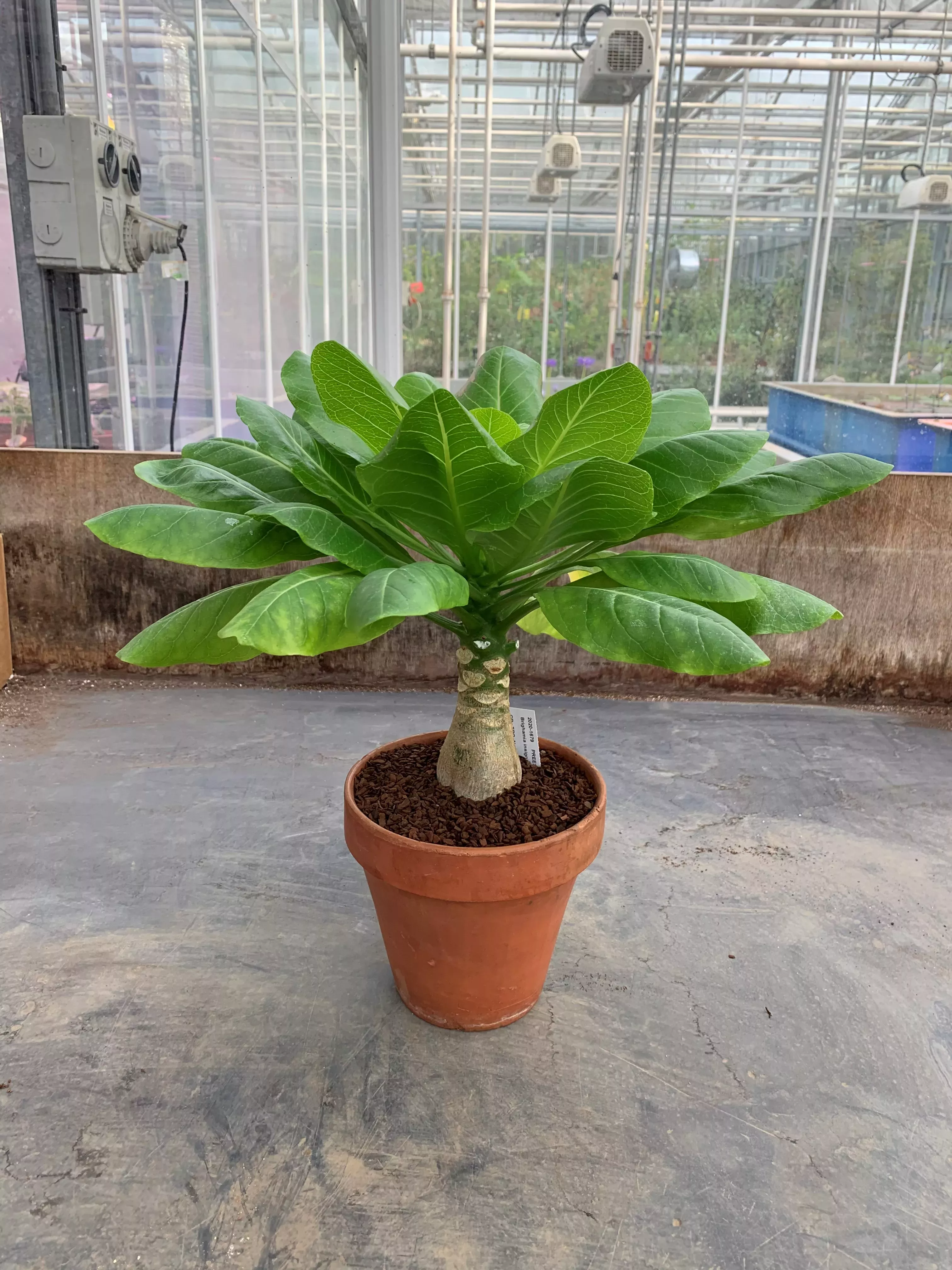
So what is a cabbage?
It seems they are lots of pretty indistinct things: leafy plants with a lots of leathery foliage towards the top of the stem; they are sometimes edible, sometimes not.
Common names and cabbages are vague and confusing.
But formal scientific naming and classification of plants can help keep us all on the same leaf.
After all, cabbages are more than just a vegetable found on supermarket shelves.
See how many cabbages you can spot on your next visit to Kew.

